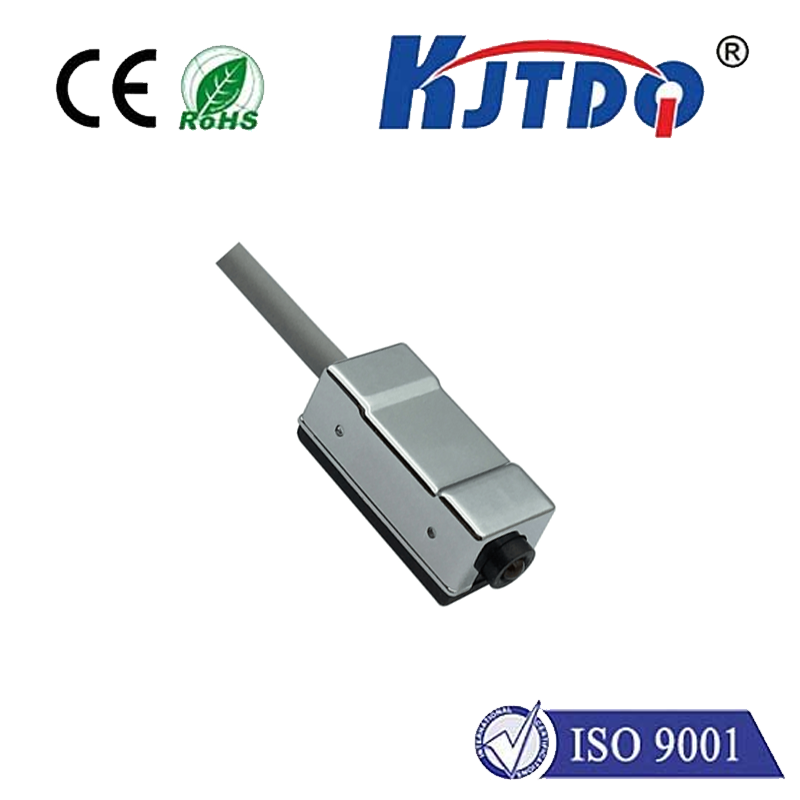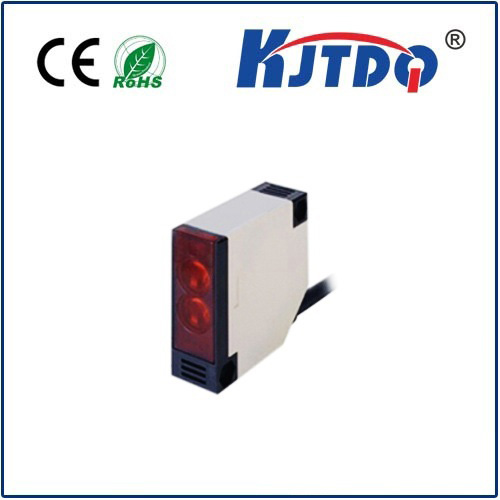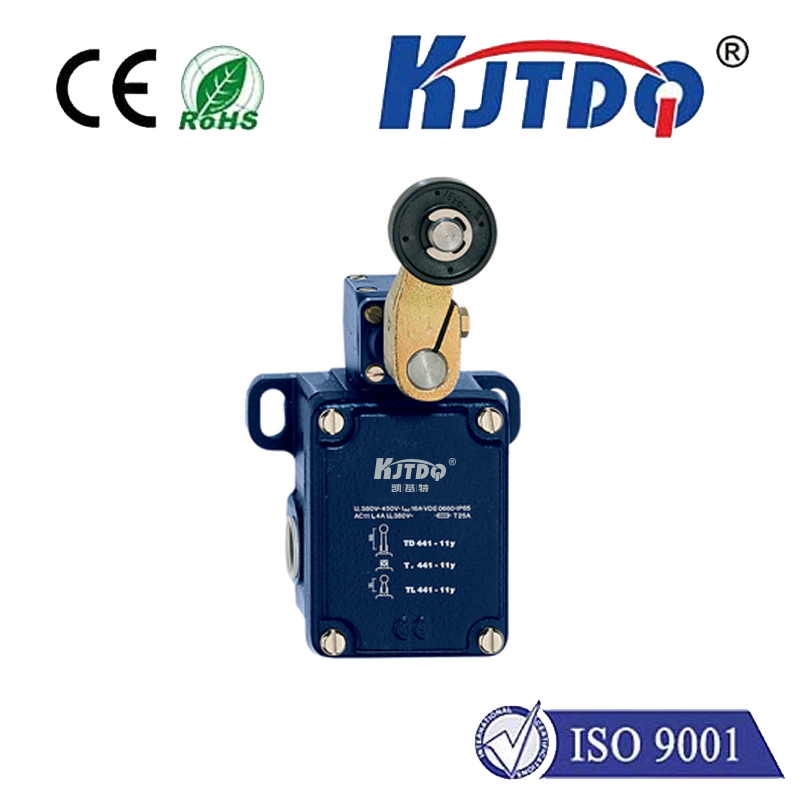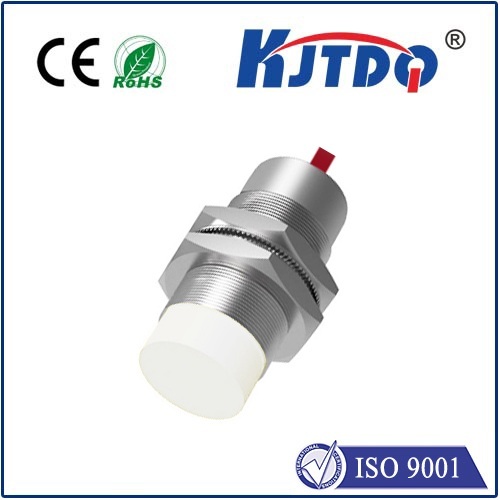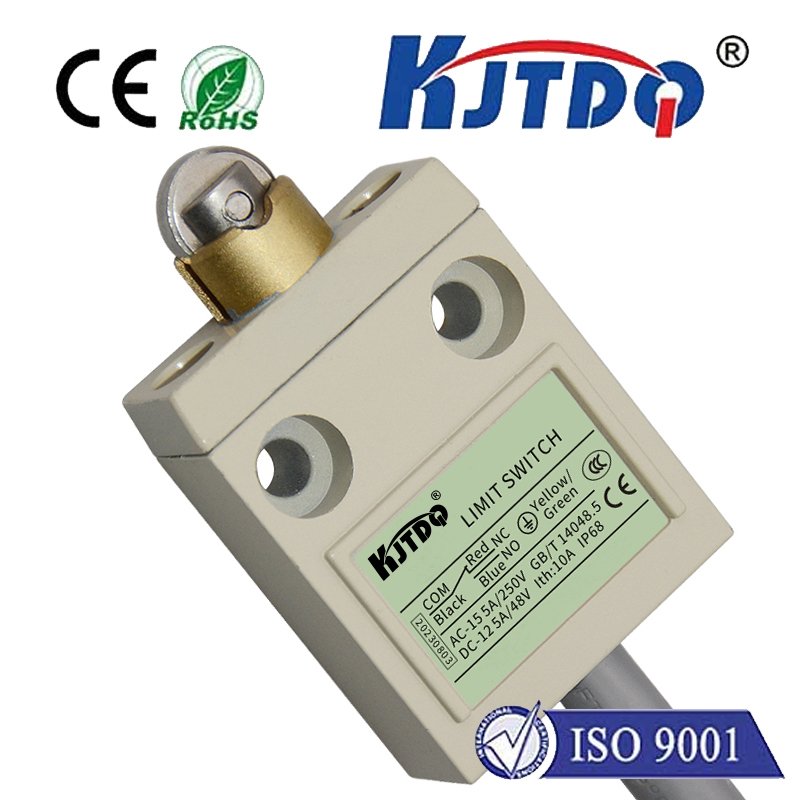Датчик приближения WiFi
- time:2025-06-14 02:42:55
- Нажмите:0
WiFi as a Proximity Sensor: How Everyday Networks Detect Presence
Forget dedicated motion detectors crowding your corners. Your standard WiFi router, the workhorse delivering internet to your devices, possesses a hidden superpower: WiFi proximity sensing. This innovative application leverages the very signals buzzing invisibly around us to detect the presence and approximate location of people and devices without needing specialized hardware. It’s turning passive infrastructure into an intelligent sensor network.
Beyond Internet: The Hidden Capability of WiFi
At its core, WiFi proximity sensing relies on analyzing the radio signals constantly transmitted between routers/access points (APs) and connected devices like smartphones, laptops, tablets, and wearables. These signals contain subtle but measurable characteristics that change based on the physical environment – particularly the presence of objects, especially humans (who are mostly water and significantly affect radio waves).
The primary metrics used are:

- RSSI (Received Signal Strength Indication): This measures the power level of the signal received by the AP from a device, or vice versa. Generally, stronger signal strength suggests proximity, while weaker signals indicate greater distance. While not perfect for pinpoint accuracy due to signal reflection and absorption (multipath effects), it’s highly effective for basic proximity detection zones (e.g., “Device is in Room A vs. Room B” or “Someone has entered the 10-meter radius”).
- MAC Address Scanning: WiFi devices periodically broadcast unique identifiers (MAC addresses) even when not actively connected. APs can detect these “probe requests,” identifying specific devices entering or leaving the detection area. This enables tracking anonymous device presence or recognizing known devices for personalized automation.
- Advanced Techniques (CSI, FTM): More sophisticated systems might utilize Channel State Information (CSI), which details how signals travel over different frequencies within the WiFi channel, capturing finer details like movement direction or gestures. Fine Timing Measurement (FTM), part of the Wi-Fi Location standard (802.11mc/az), allows devices to measure the time signals take to travel, enabling highly accurate distance calculations and positioning.
Why Choose WiFi for Proximity Sensing?
The appeal of using existing WiFi networks as proximity sensors is compelling:
- Infrastructure Reuse: No need for dedicated hardware installations like PIR motion sensors, cameras, or Bluetooth beacons. Leverage the WiFi network you already have in place.
- Seamless Device Detection: Automatically detects WiFi-enabled devices carried by people – which is virtually everyone with a smartphone. Passive monitoring is often possible without requiring users to install an app.
- Wide Area Coverage: A single AP can cover a significant area (rooms, small offices, retail sections), and multiple APs working together create a mesh of detection zones or enable basic triangulation.
- Cost Efficiency: Maximizes ROI on existing network investments. Eliminates the cost and complexity of deploying and managing separate sensor systems.
- Contactless and Non-Intrusive: Unlike pressure mats or cameras (which raise privacy concerns), WiFi sensing operates passively through radio waves, often perceived as less invasive.
Practical Applications: Where WiFi Sensing Shines
The ability to detect presence and proximity using ubiquitous WiFi unlocks numerous valuable use cases:
- Retail & Hospitality Analytics: Track customer foot traffic patterns, measure dwell times in specific zones (e.g., product displays, waiting areas), optimize staff allocation based on occupancy, and understand peak times. This provides actionable insights for store layout, marketing effectiveness, and operational efficiency.
- Smart Building Automation: Dynamically control lighting, HVAC, and other systems based on room or zone occupancy. Lights turn on only where people are present, heating/cooling adjusts to actual usage, leading to significant energy savings and enhanced comfort.
- Enhanced Security: Detect unexpected presence in restricted areas during off-hours, trigger alerts for unusual activity patterns, or monitor occupancy levels for evacuation management and safety compliance. Integrates seamlessly with existing security systems.
- Personalized Experiences: In homes or offices, recognize when specific residents or employees arrive/depart to trigger personalized scenes (e.g., adjusting thermostats, playing preferred music, unlocking doors). Restaurants could alert staff when a reservation holder arrives.
- Space Utilization Optimization: Businesses and institutions can accurately measure how meeting rooms, desks, common areas, or lecture halls are actually used over time. This data is invaluable for space planning, resource allocation, and identifying underutilized assets.
- Healthcare Monitoring (Basic): In care settings, detect patient movement in rooms or common areas for safety checks (e.g., fall detection inferred by sudden lack of movement or unusual location) or monitor adherence to room restrictions. Provides a layer of passive monitoring.
- Contactless Interactions: Enable touch-free interactions like automatically opening doors as an authorized person approaches, or triggering information displays when someone stops nearby.
Implementation Considerations and Challenges
While powerful, WiFi proximity sensing isn’t magic. Key factors to consider:
- Calibration: Environmental factors (walls, furniture, other electronics) significantly impact signal propagation. Proper calibration and signal mapping are essential for reliable zone detection.
- Accuracy vs. Precision: Standard RSSI provides good proximity zoning (e.g., “in the room”) but not centimeter-level precision. Techniques like CSI or FTM improve accuracy but require compatible hardware and software. Manage expectations based on the technology used.
- Device Dependency: Relies on detecting WiFi-enabled devices. People without devices (or with devices turned off) won’t be detected. Battery-powered devices in deep sleep mode might also be missed intermittently.
- Privacy and Ethics: Device detection inherently raises privacy questions. It’s crucial to be transparent about data collection, implement robust data anonymization practices (aggregating data, masking MAC addresses), obtain consent where appropriate (especially for personalized features), and comply with regulations like GDPR and CCPA. Clearly defined usage policies are mandatory.
- Software Intelligence: Raw signal data needs sophisticated software algorithms to filter noise, correlate data across multiple APs, interpret movement patterns, and translate signals into meaningful presence and location events. Choosing the right analytics platform is key.
The Future is Sensing
WiFi proximity sensing transforms the humble wireless router into an intelligent data source. By harnessing the power of existing radio waves, businesses and homeowners gain valuable insights into presence, movement, and space utilization without complex new hardware deployments. From optimizing energy use and security to enabling personalized experiences and understanding customer behavior, the applications are vast and impactful.
While challenges around accuracy calibration and privacy safeguards require careful attention, the benefits of cost efficiency, wide coverage, and seamless device detection make WiFi sensing a powerful and accessible tool. As algorithms improve and standards like Wi-Fi Location mature, the accuracy and capabilities of this passive sensing technology will only increase, further embedding intelligence into our everyday environments. Your network isn’t just connecting devices anymore; it’s sensing the world around them.








